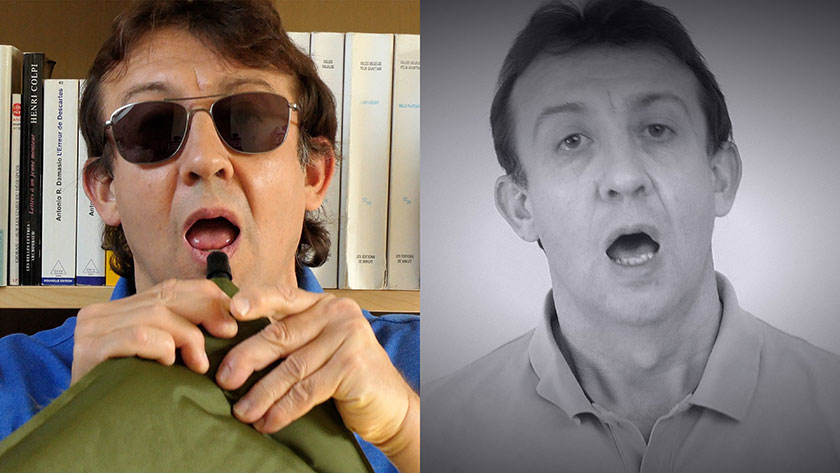Hyperventilation is a phenomenon that almost all of us have experienced, for example to inflate an air mattress.
As the name suggests, hyperventilation is a tendency to over-ventilate, that is, to ventilate beyond our actual needs :
Either by increasing the volume of each breath too much: by taking one or two liters of air with each breath, rather than 0,5 liter which is the norm.
Or by breathing too fast, beyond 20 times per minute, while the norm is between 10 and 15 times per minute.
This change in the way of breathing will increase the feeling of shortness of breath.
In addition, gradually, signs due to the drop in CO2 blood pressure will appear.
The most frequent is a little vertigo which manifests itself in the form of a slight spinning (which is very different from a vestibular vertigo where we see everything revolving around us, and where we often have to hang on to do not fall.
Reproducing the phenomenon, by breathing deeply ten times in a seated position, makes it possible to become aware of the negative effects of excessive ventilation.
But mental confusion, headache, twitching of the eyelids, flickering light, chest pain, increase or decrease heart rate, tingling or feeling cold in the hands and feet may appear.
The instability generated by hyperventilation is also a factor that aggravates respiratory disease such as asthma or COPD.
How can we take care of this hyperventilation ?
– First of all, don’t let yourself be overcome by panic and calm your breathing as much as possible, because each of us can experience a feeling of shortness of breath, without having a respiratory disease.
Then, don’t focus too much on your breathing, but let it go without thinking, approaching a natural fluidity, without blocking it, like a constant and regular swell.
Finally, avoid straining with the neck muscles when inhaling, but also to a lesser extent with the abdominal muscles when breathing out to avoid increasing the rhythm or the volume of each breath.
Saving breathing movement is the best strategy to adopt on a daily basis, since we take approximately 20,000 breaths per day.
Thus, the application of these 3 principles:
– Calm ventilation as much as possible.
– Don’t focus too much on our breathing.
– Avoid straining especially in the neck muscles so as not to increase our breathing.
Allows in the majority of cases, to no longer suffer from hyperventilation when at rest. In a situation of stress that could cause hyperventilation to reappear : breathe slowly, over a few breaths, with pursed lips, gradually reducing the amplitude of each breath promotes a return to a state of breathing comfort.

